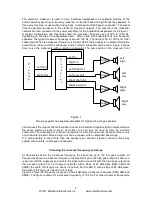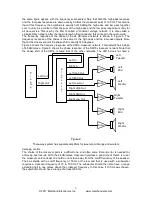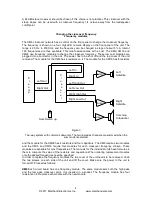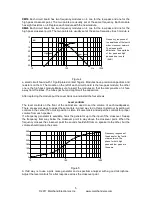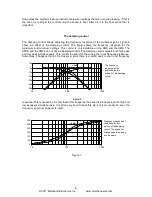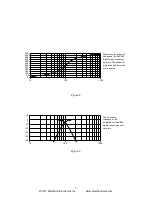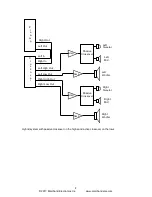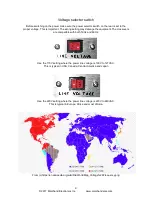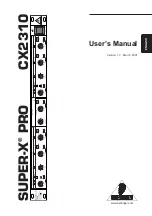
Sometimes the methods that use instruments result in settings that are not quite pleasing. If that is
the case try to adjust the controls until the sound is best. After all, it is the final sound that is
important.
The damping control
The damping control allows adjusting the frequency response at the crossover point. Figure 6
show the effect of the damping control. The figure shows the frequency response for the
maximum and minimum settings. This control is only available on the XM6 and the XM9. The
XM16 and the XM26 do not have a damping control. The damping control adjusts both high pass
and low pass simultaneously. This control is useful for fine-tuning the room frequency response.
Sometimes it happens that at the crossover point there is a small peak or dip in the frequency
response. This is caused by the fact that at this frequency the sound is produces by both high and
low speakers simultaneously. It is often very hard to hear this dip, but it can easily be seen if a
frequency spectrum analyzer is used.
© 2017 Marchand Electronics Inc. www.marchandelec.com.
6
-50
-40
-30
-20
-10
0
10
10
100
1000
+5 dB
-4 dB
The frequency
response of the
amplitude for tw o
settings of the damping
control.
Figure 6
0
60
120
180
240
300
360
10
100
1000
+5 dB
-4 dB
Frequency response of
the phase for tw o
values of the damping
conrol. The phase for
high pass and low pass
are the same
Figure 7


